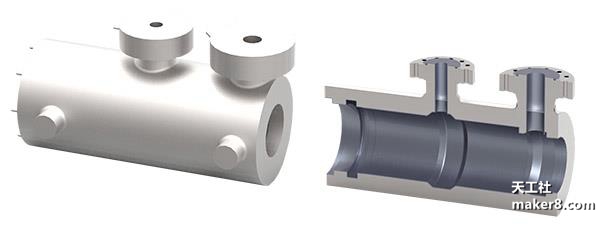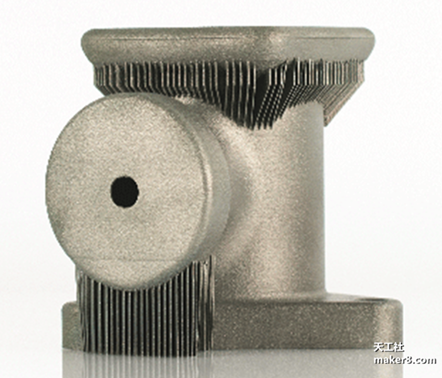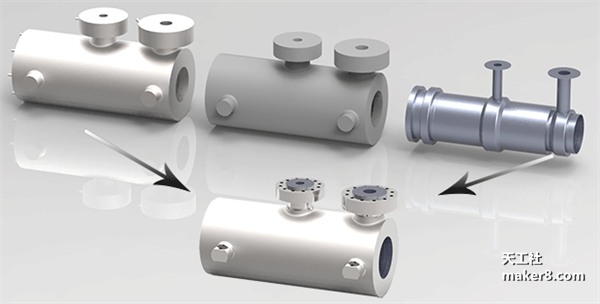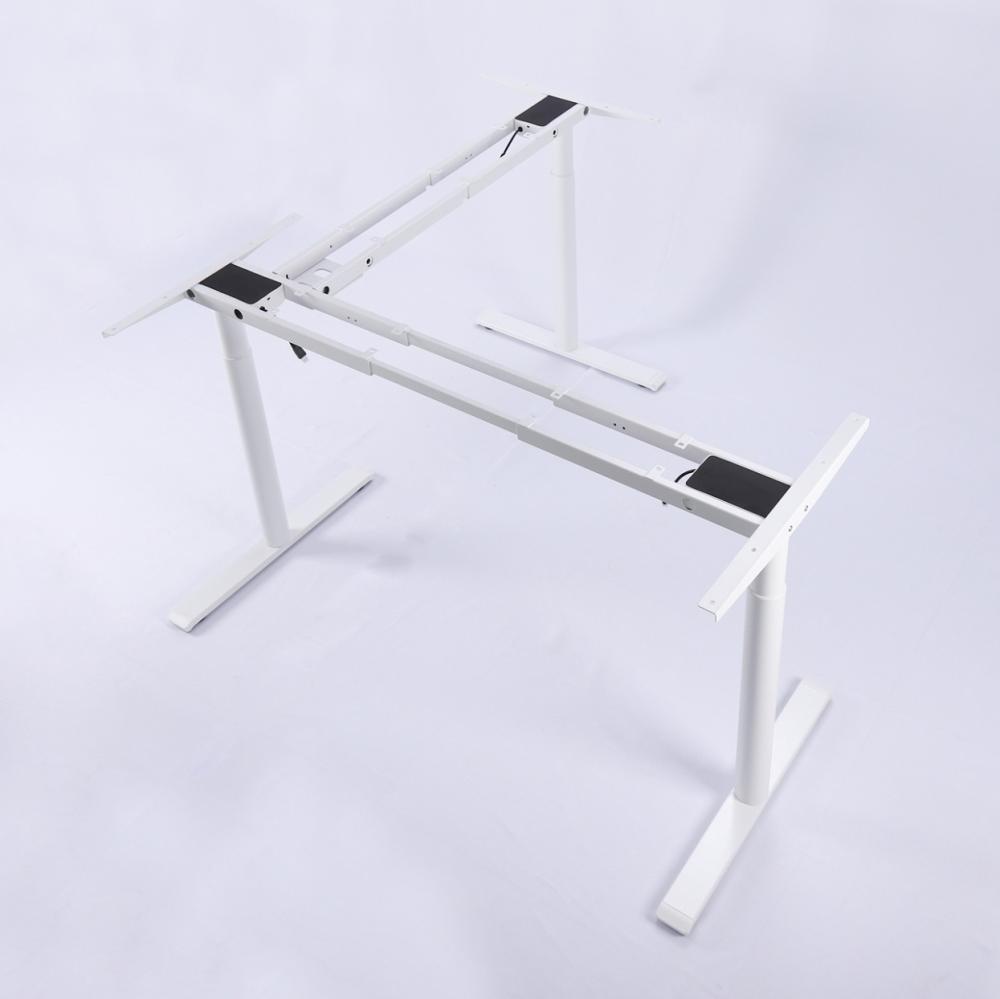Recently, Bodycote, a UK heat treatment and specialty thermal processing service provider, has released Powdermet, a group of additive manufacturing processes that use powder metallurgy to produce complex parts. Bodycote claims to have years of experience in making powerful and complex parts from metal powder. With the launch of Powdermet, the company will soon have experience in manufacturing the next generation of metal 3D prints .
According to reports, the new Powdermet contains patent pending new technologies that combine 3D printing with proven net shape and near net shape technology. It consists of four separate processes: Powdermet Hybrid 3D Printing, Powderer 3D Printing, Powdermet Near Net Shape (NNS), and Powdermet Selective Surface Net (SSNS).

Perhaps the most interesting of these processes is mixed 3D printing. It combines NNS/SSNS and 3D printing to produce fully bonded parts at a much lower cost and time than using 3D printing alone. This mixing process also allows the use of multi-metal structures.
Although not much detail has been provided, Bodycote says the Powdermet service has many significant advantages, including complete powder consolidation, structural uniformity, and elimination of internal porosity and unconsolidated powder defects. These processes are said to also produce parts with different surface features and thicknesses. They achieve higher structural integrity than other production techniques, eliminating the need to braze or weld the parts together to form a larger structure.

Bodycote says that different parts of a component can be made with different alloys to form an "ideal and cost-effective solution." Component design can be tailored to actual performance requirements and is not subject to subsequent machining operations.
“Recent breakthroughs in component design and manufacturing have really changed the rules of the game. They have a wide range of industry applications, and early adoption is expected to occur in the aerospace, oil and gas, power generation and mining industries,†Bodycote said.

Powdermet materials include stainless steel (304L, 316L, 316LN), martensitic stainless steel (17 / 4PH, 13 / 8PH, 15 / 5PH, X4CrNiMo), duplex stainless steel (duplex 2205, super duplex 2505), Ni Base alloys (grades IN625, IN690, IN713, IN718, IN728, IN925, IN939, C22, 247LC, Supermet 60+, Supermet 60, Supermet 50, Waspaloy), Co-based alloys (grade stellites 1, 3, 6 , 12 and 21), titanium (grade CP Ti, Ti6Al4V, TiAl, Ti6Al2Sn4Zr2Mo), aluminum (Al-Si alloy, Al6061, AlSi10Mg), cobalt chromium molybdenum alloy, tungsten alloy.
Metal 3D printed parts manufactured using Powdermet technology are subjected to heat treatment and hot isostatic pressing.
What is the proper height of Standing Desk ? The measurement is actually based on the specific height of the person using the desk, so there is no specific answer. If your table is only a few inches away from you, you need to measure it correctly, which can cause you to slouch or wrists your neck or wrist. It is worth noting that you should adjust the table height every day, because shoes such as high heels or anti fatigue pads can make you higher.
Whether you are standing or sitting, start with your arms on both sides, with your feet slightly apart and the weight between your legs evenly distributed. Everyone is different, so a customized method of desk height will be more accurate than some of the stand-up desk height calculators you find online.
Height Adjustable Desk,Three Leg Standing Desk,Adjustable Desktop Standing Desk,Height Adjustable Wooden Standing Desk, Standing Table
Suzhou CHEX Intelligent Technology Co., Ltd. , https://www.chexdesk.com